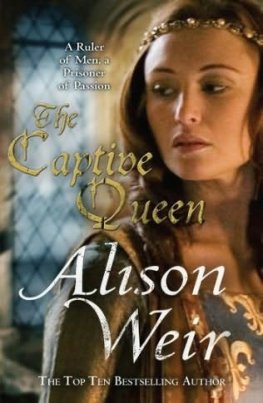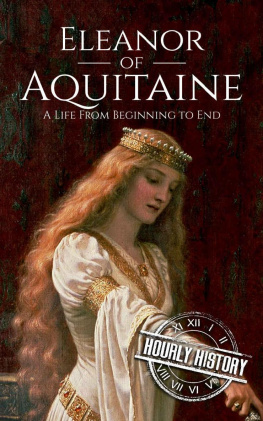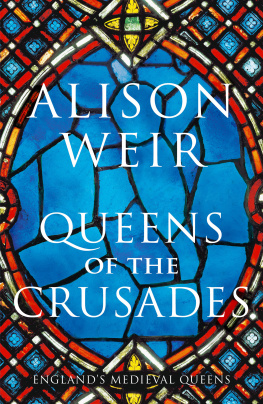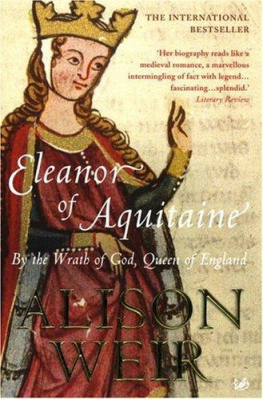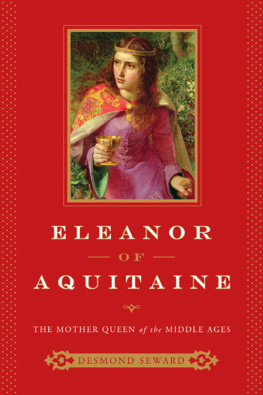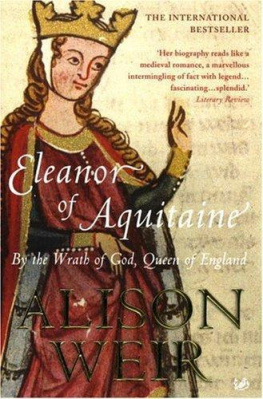Acknowledgments
My thanks to all who read and critiqued my work in various drafts from the eighth grade onward: LaDonna Lindgren, Laura Creasy, Tammy Monfette, Ellyn Bache, Hope Johnson, Audrey Forrester, Amy Pierce, Philip Drew, Kat Vernon, Alice Osborn, Alisa Roost, S. J. Stratford, and Beth Seltzer. Special thanks must be given to my fabulous agent, Margaret OConnor, who believed in this book from the first time she laid eyes on it. I thank my brilliant editor, Claire Zion, who took an early draft into her experienced hands and, with the clarity of her vision, helped me to discover the novel as it was meant to be written. I would like to thank all the wonderful people at New American Library, especially Jhanteigh Kupihea for her insight during the revision process, Michele Alpern for the excellent copyediting, the publicist Kaitlyn Kennedy for spreading the word, and Maureen OBoyle and her team for the amazing cover art. I thank all who believed in me from the day I first picked up my pen: Karen English, Carl English, Barry English, Vena Miller, Susan Randall, Marianne Nubel, Chris Nubel, Ellen Seltz, Susan Hurst Alford, Jenny Morris, Nicole Garrett, Janie Lam, and my Internet consultant, Andrew Seltz. And I thank Eleanor of Aquitaine and Alais of France. Though it has been my honor to convey one possibility of who these women were, I have no doubt fallen short. Alais and Eleanor live on when we remember them, no matter how imperfectly.
Afterword
The rebellion referenced at the end of The Queens Pawn between Eleanors sons and Henry began in May 1173, and raged on until 1174. Henry fought each son on a different front: Henry the Younger in Normandy, Geoffrey in Brittany, and Richard in Aquitaine. One by one, each son fell to his fathers superior military strength, but Henry was not cruel in victory He forgave them all; he gave castles and additional income to each son in turn. But their war was fought in vain: Henry kept tight political control over all three of their duchies.
The king was not as forgiving of Eleanor, since she was the driving force behind the rebellion in the first place. Henry no doubt knew that if left with her freedom, Eleanor would not accept defeat, but would rise in rebellion again, and bring their sons along with her. To separate her from their sons, especially her favorite son, Richard, Henry locked Eleanor away for the rest of his reign.
In my novel, I have offered the possibility that Alais and Henrys liaison was not all Henrys idea, but an attempt by Alais to take the throne. I enjoy the idea that Eleanor of Aquitaine was not the only woman in Henrys life that faced him as an equal. While the events of my novel occur from 1172 to 1173, the chroniclers of the time suggest that Henry took Alais as his mistress in 1175, and their liaison continued at least until 1177 In 1175, Henry also began to press the pope for an annulment of his marriage to Eleanor, which was never granted.
Though in history, Alais was sent to Henrys court at the age of nine, in The Queens Pawn I have made an adjustment to her age. Though most of the book is set in 1172-1173, I have made Alais fourteen and fifteen during those years to approximate her historical age when she and Henry engaged in their affair. Setting the novel during the years 1172-1173 served my book in one important way: it allowed the reader to watch Eleanor of Aquitaines machinations as she set the rebellion of 1173 in motion, while adding spice to Alais bid for the throne. The Queens Pawn simply asks the question, what if Henry and Alais affair had happened before the rebellion, and not after? How would the landscape of history and politics have changed? In my novel, though Alais play for power comes before Eleanor was locked away, the political landscape did not change because of her affair with Henry. No matter what the year, or how many letters Henry wrote to the pope calling for an annulment, Eleanor was queen, and remained so until Henrys death in 1189.
Beyond the Plantagenets themselves, Alais, Louis, and Eleanors lady-in-waiting Amaria, all the other people in this novel are fictitious.
For simplicitys sake, I have narrowed the action in my novel to only two of Henrys holdings: Winchester Castle and Windsor Castle in England. Throughout Henrys reign, the court was almost constantly on the move, and a great deal of time was spent in Henrys larger holdings on the Continent, in Normandy and Anjou.
I chose Windsor Castle for much of the action of this novel because it was the seat of Henrys power in England. I chose Winchester Castle as the second setting for the novel because Eleanor was sent there once Henry imprisoned her. She spent the last years of Henrys reign at Winchester Castle under guard, and additional years at Sarum on Salisbury Plain.
Also for simplicitys sake, I created the Abbey of St. Agnes near Bath as both a haven and a prison for Alais, Princess of France. The historical Alais knew many other prisons and havens throughout her years in Henrys court; her historical whereabouts are known when others remember to make mention of her. In my fiction, I have given her a haven among the sisters of St. Agnes, a refuge that, as far as we know, she did not find in her life as a princess living among her fathers enemies.
The unrest among the Plantagenets did not end with the events of my novel. Henry never allowed Eleanor freedom from her various prisons. She stayed under guard until Henry died in 1189. Young Henry died in 1187, and in 1189 Eleanors favorite son, Richard, became king. Though Richard was his fathers heir, he was at war with the king the winter Henry died. The first act of Richards reign was to set his mother free.
Eleanor went on to advise her son throughout his kingship, with varying degrees of success. Though Richard clearly loved her, he rarely took her political advice, marrying a woman not of her choosing, going on Crusade in the Holy Land, and getting captured by fellow Christians on his way home so that Eleanor had to pay his ransom.
Alais historical fate is less certain. It is logical to assume that after Henry died, Alais would be released to return to France. Though Richard did not marry her as his betrothal agreement called for, neither did he send her home. Instead, for years Alais remained in Rouen, in the heart of Richards territories. Only after Richard married Berengaria of Navarre and returned from his Crusade was Alais released to return to Paris. At that time, her brother, King Philippe Auguste, arranged her marriage to his vassal the Count of Ponthieu. Sources say that Alais and her husband had at least one child, but the date and cause of her death were not recorded.
Richard fought his last battle at the castle of Chlus, conquering the French stronghold only to die from a festering arrow wound in his shoulder. Eleanor buried him at Fontevrault, near his father, next to the spot where she would one day lie. Eleanor sent Richards spleen to be buried at the site of his last battle, perhaps as a gesture to symbolize that his temper killed him in the end. Richards heart was buried in Rouen, the city where Alais spent years at the beginning of his reign.
Christy English has a bachelors degree in history from Duke University. She lives in New York City. The Queens Pawn is her first novel. Please visit her at www.ChristyEnglish.com.
READERS GUIDE
QUESTIONS FOR DISCUSSION
1. During the medieval period, young girls were often shipped abroad to make marriages of state. When Princess Alais marriage is arranged during her childhood, how does she face leaving her family behind? How is her reaction different from what a modern childs would be?



